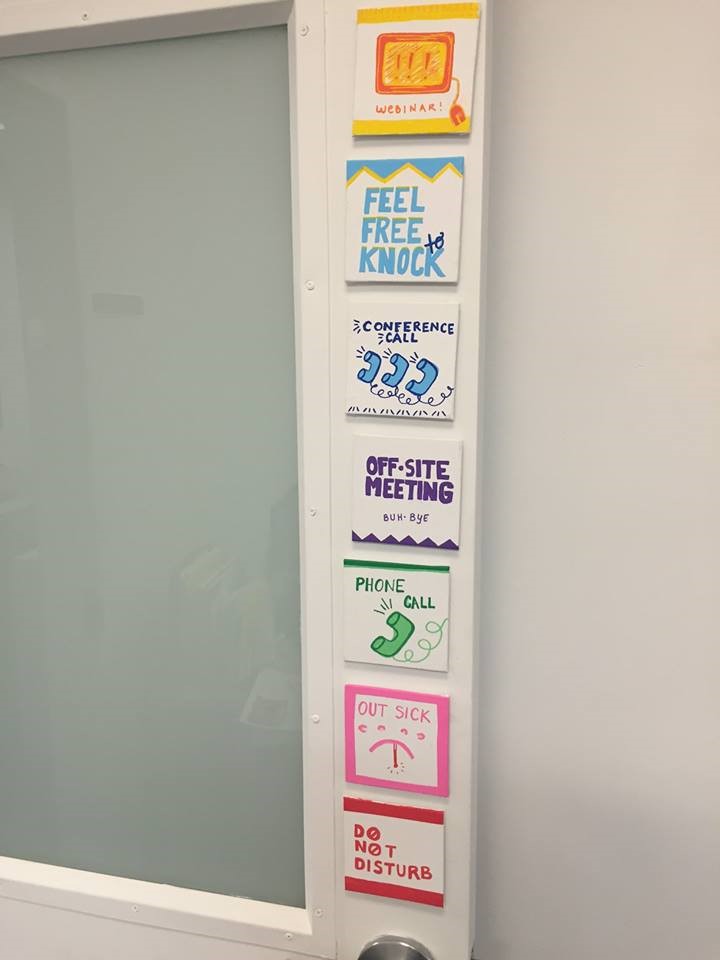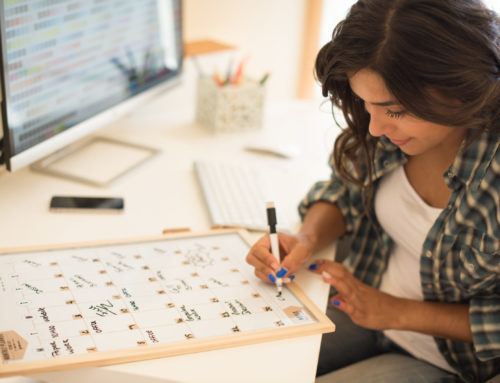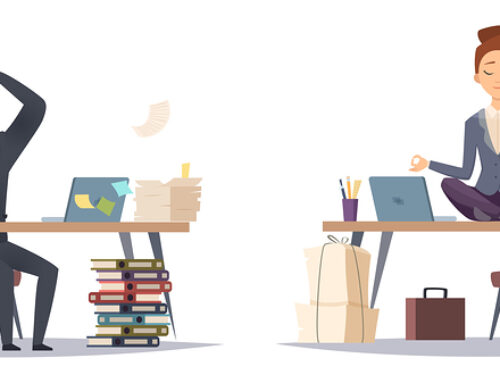Feel like you’d be more productive if you could just manage your own attention better and limit distractions?
I’ve got a challenge for you . . . pick one of the four tactics below and use it every day for a week. Do not (repeat) do not try them all! Pick just one and see if using it every day for a week helps you feel more focused at work.
Option 1: Adopt the Pomodoro Technique and Use It Daily.
Focus on one thing and one thing only for 25 minutes at a time. Turn off and away from everything else, other than the subject of your 25-minute session. Then take a 5-minute break.
Option 2: Recognize and Actively Manage Your Decision Points.
If you bounce from call to email to writing to meeting to interruptions to meeting to email, try this. Immediately upon finishing a task, get very intentional about what you do next.
If you are really bouncing around, you might have 10 or 15 decision points in one day! Stop. Take a few breaths. Think about how much time you have before the next locked-in thing on your schedule. What is the best thing to do next, in the time you have? Get yourself off of autopilot and really think!
Savor each decision point in your day. Plan your decision points in advance. Don’t start a new task without consciously deciding it’s the right one. Literally say to yourself, “This is a decision point.” More details on this approach here.
 Option 3: Use Signs to Manage Distractions by Others
Option 3: Use Signs to Manage Distractions by Others
If you work in an open floor plan office, or the office culture is very conversational, you may need to give others around you cues for when you shouldn’t be interrupted. Here are some signs that Helen Frank at the Boys Club of New York uses, as an example.
Option 4: Turn Off All Notifications for Email and Social Media.
On all of your computers and mobile devices, turn off the audio pings and visual cues about new messages. Instead, you decide how often and when you need to check them. What makes sense to you?
Warning: this is harder than it sounds! We’ve been conditioned to look for notifications and you’ll likely go through withdrawal at first, frequently checking or reaching for your phone. Keep track of that! Are you able to break the cycle and get back in control of these tools, instead of the other way around?
If you decide to try one of these, come back and let us know how it goes!






